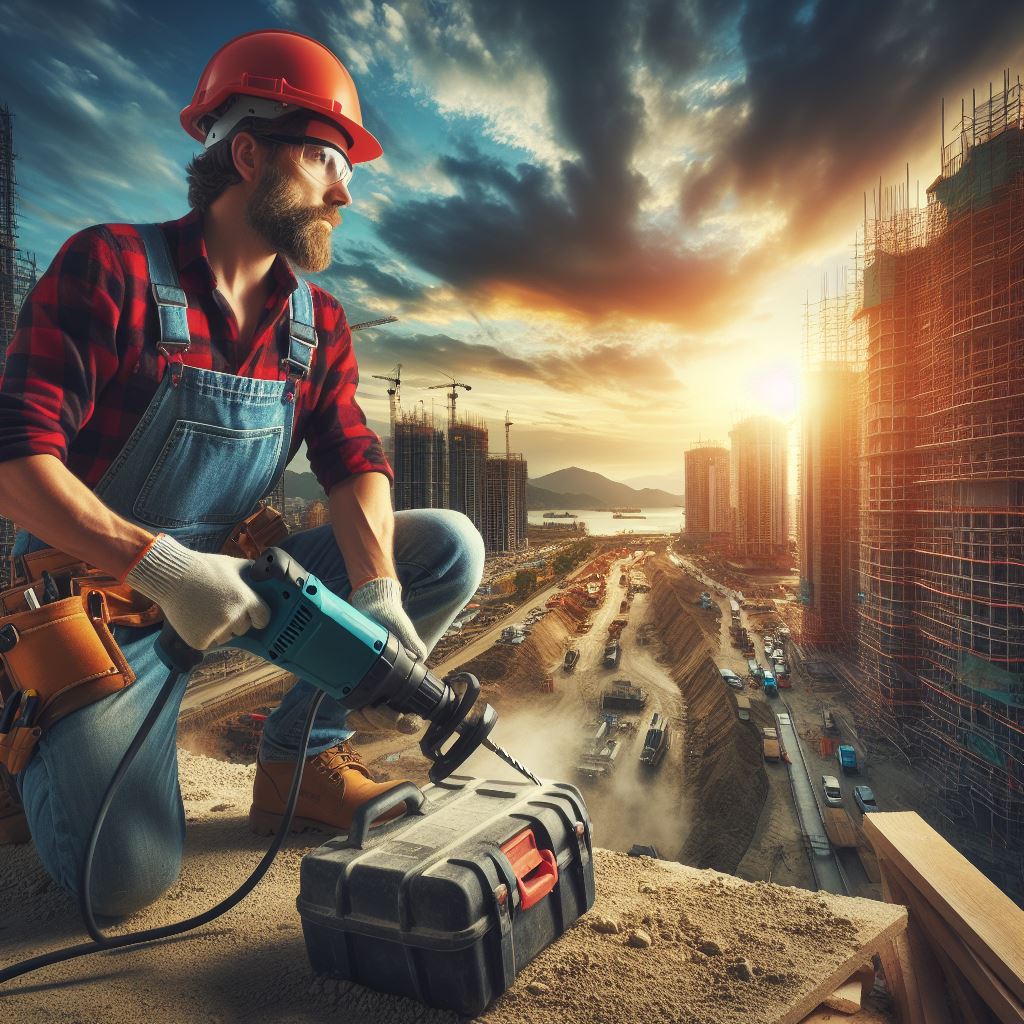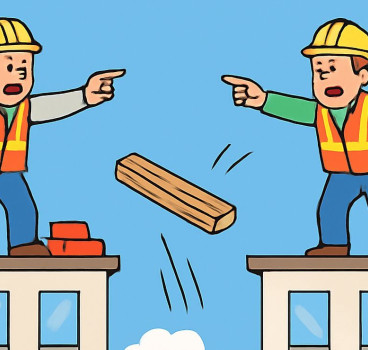Combating repetitive strain injuries in construction
Repetitive Strain Injuries (RSIs) are a major concern for construction teams worldwide, affecting a significant percentage of the workforce. These injuries, caused by repeated forceful movements, awkward postures and constant vibrations, can have debilitating effects on a worker's health and career, but it is not all bad news, writes John Ridgeway.
New technologies and better working environments are gradually being introduced to protect construction workers. We are also seeing more emphasis on prevention alongside some exciting new developments, that aim to create a safer and healthier work environment.
RSIs are a major concern for construction workers worldwide. According to the Health and Safety Executive (HSE) in the UK, musculoskeletal disorders (MSDs), which include RSIs, account for over half (51%) of all work-related ill health cases reported in 2021/22.
The Bureau of Labor Statistics (BLS) in the US reports that construction workers have one of the highest rates of work-related musculoskeletal disorders, with over 330,000 cases reported in 2020 alone. Similarly, Safe Work Australia indicates that MSDs are the leading cause of workplace injury claims in the construction industry, accounting for over 40% of all claims in 2020-21.
A concerning picture
These statistics paint a concerning picture, highlighting the widespread nature of RSIs in construction across the globe, but why is this such a major problem? There is no simple answer with several factors contributing to the high levels of such injuries.
The biggest culprit is repetitive movements. Construction tasks often involve constant hammering, drilling, lifting and using power tools. These repetitive motions cause micro-tears in muscles and tendons, leading to inflammation and pain over time.

Working in confined spaces, reaching overhead for extended periods, or kneeling while laying flooring can also put unnatural stress on joints and muscles, increasing the risk of RSIs.
Operating heavy machinery like jackhammers or saws transmits vibrations to the hands and arms. These vibrations can damage nerves and blood vessels, leading to numbness and pain. Lifting heavy objects or using excessive weight can also strain the back and lead to muscle tears or disc problems.
Combating RSIs requires focusing on both prevention and early intervention and this happening across the globe. A key part of this strategy is the promotion of better ergonomics, which can be better explained as the science of designing the workplace to fit the worker. Construction companies are investing in ergonomically designed tools with comfortable grips, adjustable workstations and are promoting frequent posture changes to minimise strain.
Providing workers with proper training on safe lifting techniques, including using mechanical aids whenever possible, is helping to significantly reduce back injuries. Equipping workers with anti-vibration gloves and padded knee pads is also offering some protection against the harmful effects of vibrations and kneeling and health and safety officers are encouraging regular exercise and stretching routines to strengthen muscles and improve flexibility, making them more resistant to injury.
Most importantly, we are creating a culture of open communication where workers feel comfortable reporting pain or discomfort. Early intervention through physiotherapy or work modifications can prevent minor issues from escalating into chronic pain.
Technological advancements
Longer term, the construction industry is embracing technology to address the challenge of RSIs with developments such as exoskeletons: These wearable devices provide support to the back, shoulders, and arms, reducing strain during heavy lifting or overhead work. While still in the early stages of adoption, exoskeletons hold significant potential for reducing musculoskeletal injuries.
Smart tools with vibration monitoring are also playing their part. Power tools equipped with sensors can monitor vibration levels and alert workers when they exceed safe limits, prompting them to take breaks or adjust their work practices.
Automating repetitive tasks like bricklaying or demolition with robots will also help to minimise the physical demands placed on human workers, reducing the risk of RSIs and virtual reality (VR) training can be used to teach workers proper lifting techniques and safe work practices in a controlled environment.
Industry-wide initiatives
The construction industry has full recognised the importance of a collective approach to tackling RSIs. Organisations like the National Institute for Occupational Safety and Health (NIOSH) in the US and the Chartered Institute of Building (CIOB) in the UK actively promote safe work practices and provide resources for preventing RSIs in construction.
Regulatory bodies are also setting stricter standards for ergonomic design and safe lifting practices within the construction industry. These standards serve as a guideline for companies and ensure worker safety is prioritised.
As an additional incentive, some insurance companies are offering reduced premiums to construction companies with demonstrably strong safety records and proactive RSI prevention policies. Collaboration between unions, training institutions, and construction companies is also leading to the development of comprehensive training programmes on RSI prevention.
A look towards the future
In spite of the existing problems, the future of construction holds significant promise for reducing RSIs with the development of advanced lightweight and high-strength materials that can reduce the weight of tools and building components, minimising the physical workload.
Wearable biometric sensors that can track muscle fatigue and stress levels in real-time, allowing workers to take breaks before reaching a point of injury, are also on the horizon. AI-powered systems will increasingly analyse worker movements and postures on construction sites, identifying potential ergonomic risks, while at the same time, suggesting corrective measures before injuries occur.
Construction companies are also using data analytics to track past injury trends and identify areas where RSI risks are highest. This data can then be used to implement targeted prevention strategies.
RSIs are a significant challenge for the construction industry, but as we can see, the sector is actively taking steps to address it. By prioritising ergonomics, promoting safe work practices, embracing technological advancements and fostering industry-wide collaboration, the construction industry can create a safer and healthier work environment for its workforce. This, in turn, will lead to a more productive and sustainable industry for the future.
Sources:
Additional Blogs

Construction’s obsession with blame instead of learning
Construction is one of the most technically advanced industries in the built environment, yet culturally it often behaves like one of the least reflective. When things go wrong and they frequently...
Read moreHow risk Is routinely pushed down the supply chain
Risk is an unavoidable part of construction. Every project involves uncertainty around ground conditions, weather, design coordination, procurement, labour and programme. Yet while risk is inherent,...
Read more

What if Building Control went fully digital?
Building control governs structural integrity, fire protection, energy efficiency, accessibility and countless other aspects of design and construction. Historically, this process has been highly...
Read more